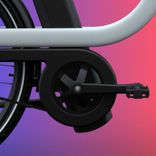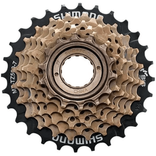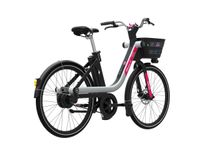There's a famous knock-knock joke that questions the need for a bell on a bike. Now, and a little more seriously, we’re asking the question ‘are gears really necessary’?
For mechanical bikes, gears are borderline essential. They help manage inclines, starting and stopping, and can allow users to manage their speed efficiently.Electric bikes, on the other hand, are built differently, and they don’t necessarily conform to the same engineering criteria as mechanical bikes. In fact, it makes sense for them to break away from mechanical gears altogether.
Let’s explore why.
1. Automatic gears are simpler
Just as there are no mechanical gears in electric cars, certain electric bikes use automatic assistance to switch users from one speed to the next.
Torque sensors are a great alternative for electric bikes.
Instead of thinking about and fiddling with the handlebars to change up or down a gear - just like using the accelerator in an automatic car - users can simply adjust the intensity of their pedalling to change their speed.




